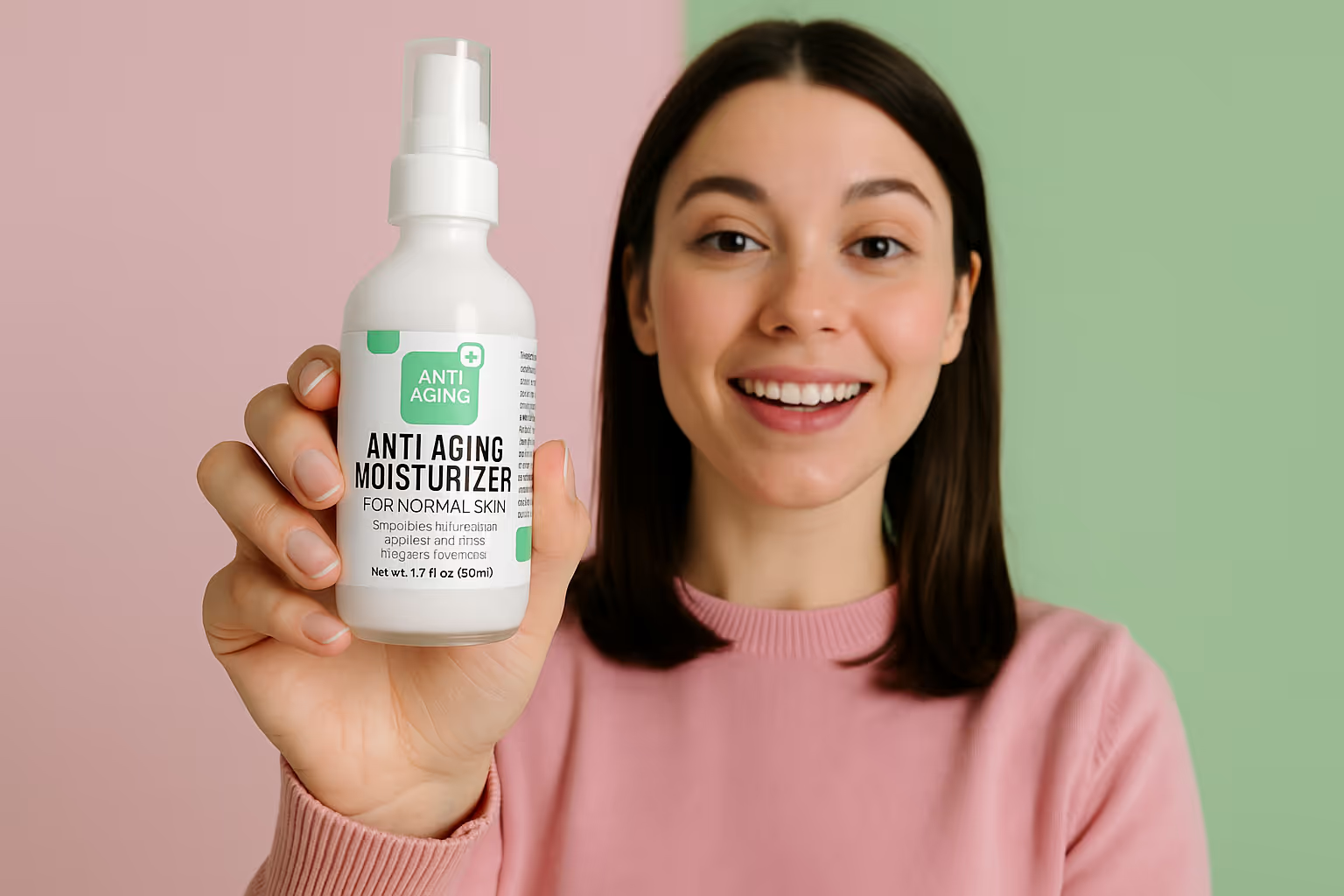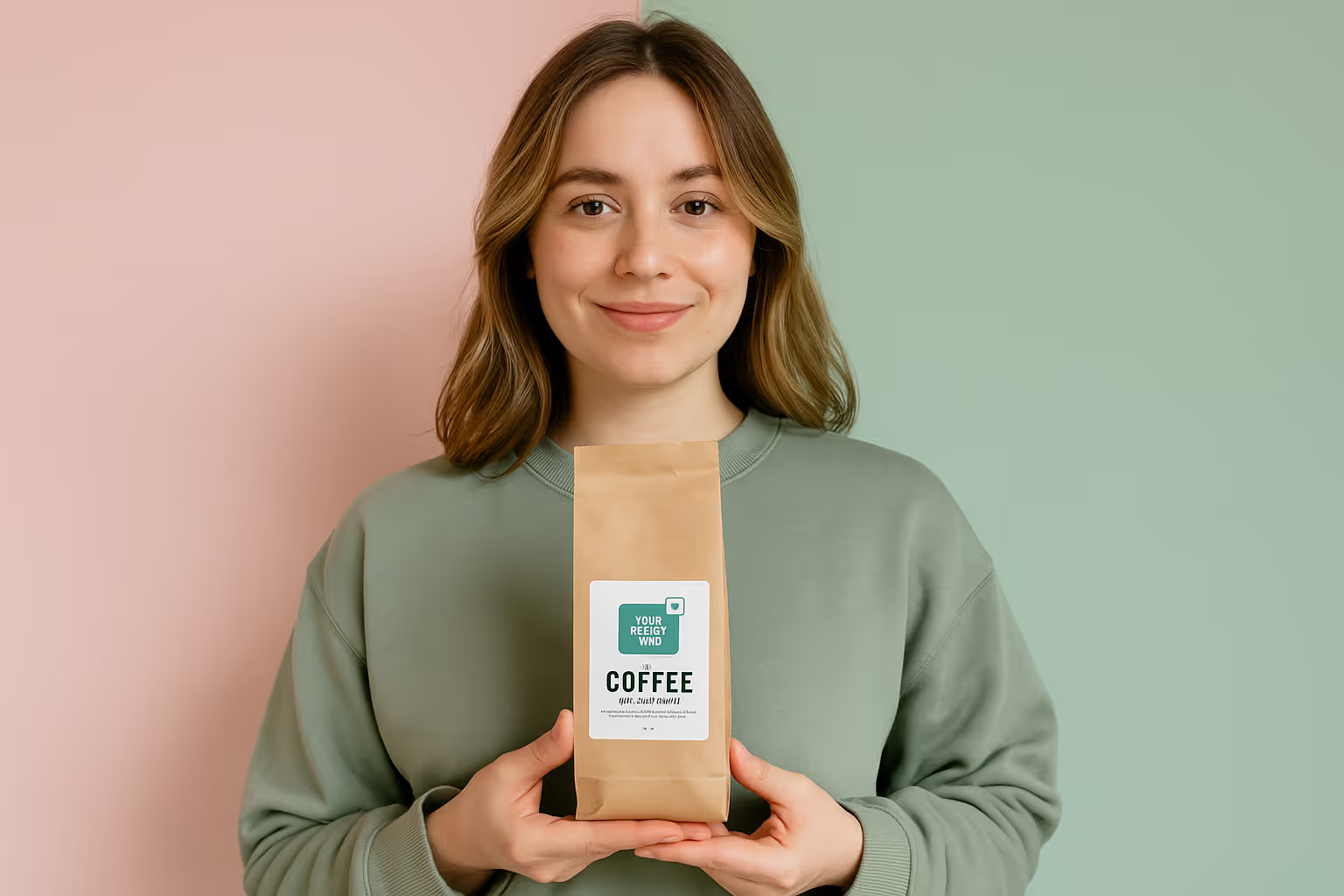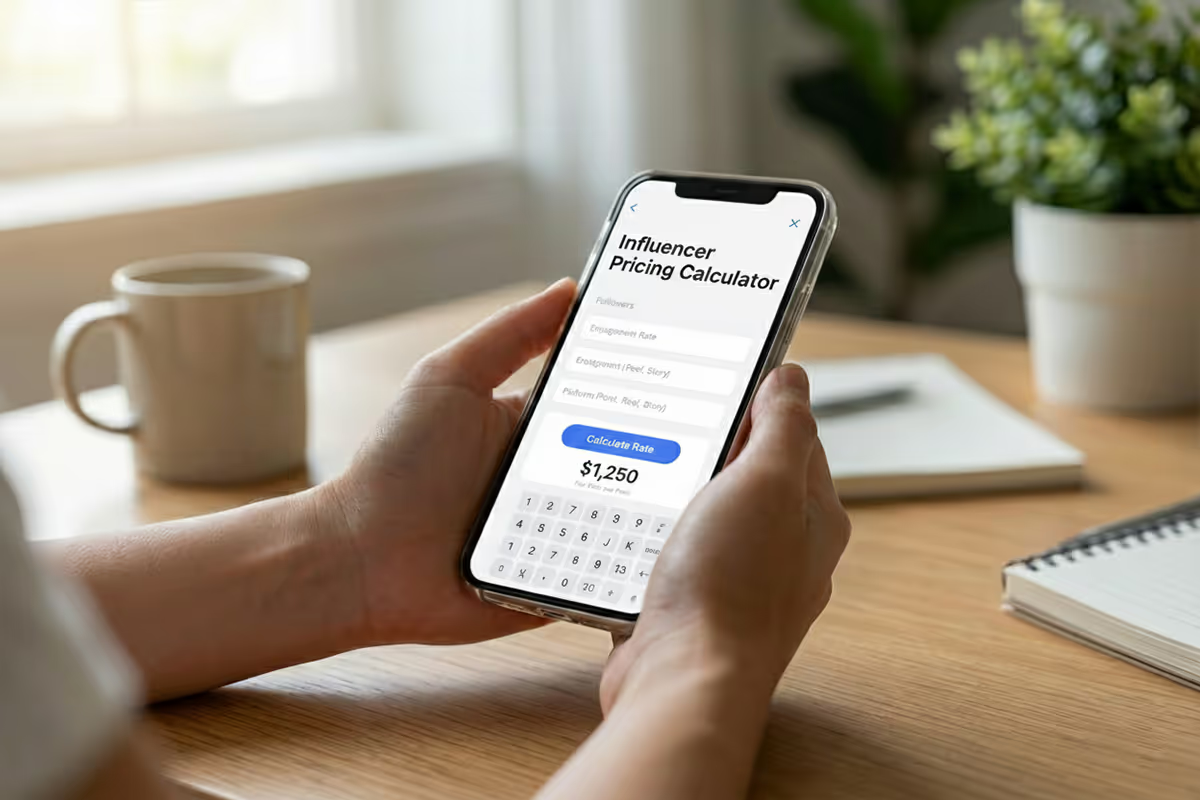How to Increase Customer Loyalty with Smart Follow-Ups? Multi-Channel Strategy

Customer loyalty isn’t just a feel-good metric; it’s one of the most profitable investments an e-commerce brand can make. Studies show that repeat customers spend 67% more than new ones, and retaining just 5% more customers can boost profits by up to 95%.
That’s why knowing the best strategies for increasing customer loyalty with smart follow-ups is very important, not only to drive repeat purchases but to build long-term relationships that fuel sustainable growth.
Building a Multi-Channel Follow-Up Strategy to Increase Customer Loyalty
Multi-channel follow-ups help you re-engage visitors and turn missed chances into sales, boosting revenue without extra traffic.
Email: The Loyalty Backbone
Email remains the most effective channel for follow-ups, with an average ROI of $36 for every $1 spent. Create a strategic email sequence that moves customers through different loyalty stages:
- Welcome series: Introduce your brand values and set expectations
- Educational content: Share usage tips and product knowledge
- Social proof: Highlight reviews and user-generated content
- Exclusive offers: Provide loyal customer discounts
- Feedback loops: Ask for input and show you're listening
Pro tip: Segment your email list based on purchase frequency, average order value, and product category preferences to create hyper-targeted follow-ups that generate 3-5x higher conversion rates than generic broadcasts.
SMS: High-Impact Micro-Moments
With 98% open rates, SMS creates immediate engagement when used appropriately:
- Order confirmations and shipping updates
- Flash sales with limited-time codes
- Loyalty program milestone alerts
- Restock notifications for wishlist items
Keep SMS messages brief, valuable, and less frequent than email to maintain their high-impact nature.
Social Media: Community-Building Follow-Ups
Social follow-ups build both individual relationships and community:
- Comment on customer posts that tag your products
- Create private Facebook groups for VIP customers
- Use Instagram Stories to highlight customer reviews
- Develop Twitter lists of engaged customers for special attention
Quick win: Brands using multi-channel follow-ups see up to 25% higher repeat purchases. Here’s a simple breakdown of the top channels, what they do best, and when to use them.
Creating Value-Driven Follow-Up Content
Value-driven follow-ups give customers a reason to return. Focus on helpful, relevant content that builds trust and encourages repeat purchases.
Educational Content That Solves Problems
Follow-ups that teach customers how to maximize their purchase increase perceived value and reduce returns:
- Video tutorials for product usage
- Complementary recipes for food or supplement products
- Maintenance guides for durability
- Creative ways to use the product beyond its primary function
For example, if you sell private label skincare products, your follow-up emails could include seasonal skincare routines, ingredient education, or tips for addressing specific skin concerns using the products they purchased.

Exclusive Access and Early Previews
Making customers feel like insiders builds emotional loyalty:
- Preview new products before public launch
- Behind-the-scenes content about product development
- Limited edition items are available only to existing customers
- Early access to sales and promotions
Implementing a Tiered Loyalty Program
A tiered loyalty program rewards customers as they spend more, boosting retention and encouraging repeat purchases.
Structuring Your Program
An effective loyalty program creates clear pathways for customers to increase their engagement:
- Tier 1: All customers receive basic benefits (free shipping, birthday offers)
- Tier 2: After 2-3 purchases, customers receive enhanced benefits (early access, bonus points)
- Tier 3: VIP customers get premium benefits (dedicated support, exclusive products)
Smart Follow-Ups for Each Tier
Customize your follow-up strategy based on loyalty tier:
- Tier 1: Focus on product education and building purchase confidence
- Tier 2: Emphasize community belonging and exclusive access
- Tier 3: Provide concierge-level service and recognition
Automating Follow-Ups Without Losing the Personal Touch
Automated follow-ups save time, but adding a personal touch keeps them effective. Use smart tools to scale while still feeling human.
Setting Up Triggered Workflows
Automation allows for timely follow-ups without requiring manual work:
- Abandoned cart sequences: 3-part series with increasing incentives
- Purchase anniversary reminders: Celebrate yearly milestones
- Product replenishment alerts: Based on typical usage timelines
- Engagement win-backs: Triggered after periods of inactivity
Adding Human Elements to Automated Messages
Even automated messages should feel human:
- Use conversational language rather than corporate speak
- Include team member signatures and photos
- Allow direct replies that go to a real person
- Reference specific customer actions or milestones
Measuring the Impact of Your Follow-Up Strategy

Tracking your follow-up performance helps you see what works. Focus on metrics like open rates, conversions, and repeat purchases to guide improvements.
Key Metrics to Track
Monitor these indicators to assess follow-up effectiveness:
- Repeat purchase rate
- Time between purchases
- Customer lifetime value (CLV)
- Net Promoter Score (NPS)
- Engagement rates with follow-up content
- Referral frequency
A/B Testing for Optimization
Continuously improve by testing these elements:
- Subject lines and preview text
- Follow-up timing and frequency
- Content types (educational vs. promotional)
- Call-to-action placement and language
- Visual elements vs. text-only communications
Recovering and Re-engaging Lapsed Customers
Even the best businesses experience customer churn. Smart follow-ups can help recover these relationships:
The Win-Back Sequence
Create a dedicated sequence for customers who haven't purchased in 90+ days:
- Reconnection email: "We've missed you" with no sales pitch
- Feedback request: Ask about their experience and any issues
- Come-back offer: Provide a compelling incentive to return
- Final reminder: Create urgency around the special offer
- Sunset message: Respectfully ask if they want to remain subscribed
For dropshipping businesses, implementing effective retention strategies is especially important given the competitive nature of the market and typically lower margins.
Using Customer Feedback to Refine Your Products and Experience
Customer feedback is a goldmine for growth. Use it to improve your products, fix friction points, and deliver a better overall experience.
Closing the Feedback Loop
Smart follow-ups aren't just about driving sales; they're about gathering intelligence:
- Request specific feedback on products and experience
- Acknowledge all feedback (positive and negative)
- Share how you're implementing customer suggestions
- Follow up specifically with customers whose ideas you've adopted
This approach demonstrates that you're not just collecting data, but valuing customer input and using it to improve.
Turning Detractors Into Advocates
When negative feedback comes in through follow-ups, view it as an opportunity:
- Respond quickly (within hours, not days)
- Take the conversation to a private channel
- Provide a clear resolution path
- Follow up after resolution to ensure satisfaction
- Consider offering a goodwill gesture
Customers whose problems are resolved effectively often become more loyal than those who have never experienced an issue.
Customizing Follow-Ups for Different Product Categories
Different products require different follow-up approaches. For example:
Consumable Products
For private label coffee or supplements, follow-ups should focus on:
- Replenishment reminders based on typical usage
- Subscription options for convenience and savings
- Complementary product recommendations
- Usage variation suggestions to prevent fatigue

Durable Goods
For longer-lasting products, focus instead on:
- Extended usage tips and maintenance
- Accessory recommendations
- Community showcasing of the product in use
- Seasonal reminders for relevant items
Digital Products or Services
For non-physical items, prioritize:
- Usage statistics and milestone celebrations
- Feature education to increase utilization
- Case studies showing successful implementation
- Upgrade paths as needs evolve
Building a Customer-Centric Culture That Supports Follow-Ups
Even the most sophisticated follow-up system fails without a company culture that prioritizes customer relationships. Ensure your team:
- Has visibility into customer history before any interaction
- Is empowered to make decisions that benefit long-term loyalty
- Receives recognition for customer retention metrics, not just acquisition
- Shares customer insights across departments
For example, when providing customer service for dropshipping businesses, ensure support teams have immediate access to order information, shipping status, and previous customer interactions to provide seamless follow-up assistance.
Advanced Loyalty Technique: Predictive Follow-Ups from Post-Purchase Behavior
Most brands send follow-ups after a sale, but few track what customers do immediately after purchasing. Monitoring behaviors like clicking thank-you emails, visiting return pages, or browsing related products can reveal intent and let you follow up with precision.
For example, if someone views a return page after buying, trigger an email with product tips or customer reviews to reinforce confidence. If they browse upsell items but don’t convert, follow up with a time-sensitive offer.
Tools like Klaviyo or Customer.io (with Shopify/WooCommerce event tracking) enable this level of segmentation. Done right, these predictive follow-ups feel like personalized support, boosting retention and lifetime value without being intrusive.
Transform Your Business Through Loyalty-Focused Follow-Ups
Smart follow-ups are one of the highest-ROI strategies in e-commerce. By nurturing customer relationships after the first purchase, you build a sustainable growth engine that lowers marketing costs while increasing order value and repeat purchases.
Top-performing brands don’t leave loyalty to chance; they invest in thoughtful, value-driven follow-ups that make customers feel seen and supported.
Start small: implement a post-purchase sequence, feedback loop, or win-back campaign this week. Track results, refine your approach, and build a system that turns one-time buyers into loyal brand advocates.
FAQ
Related blogs

Influencer Pricing Calculator: Find Your Fair Rate for Posts, Reels & Stories
.avif)
How To Market Pet Products Through Storytelling: Win Attention, Build Trust, and Boost Sales Naturally
.avif)
How To Market Coffee To Gen Z: The High-Impact Blueprint Every Brand Needs
.avif)

